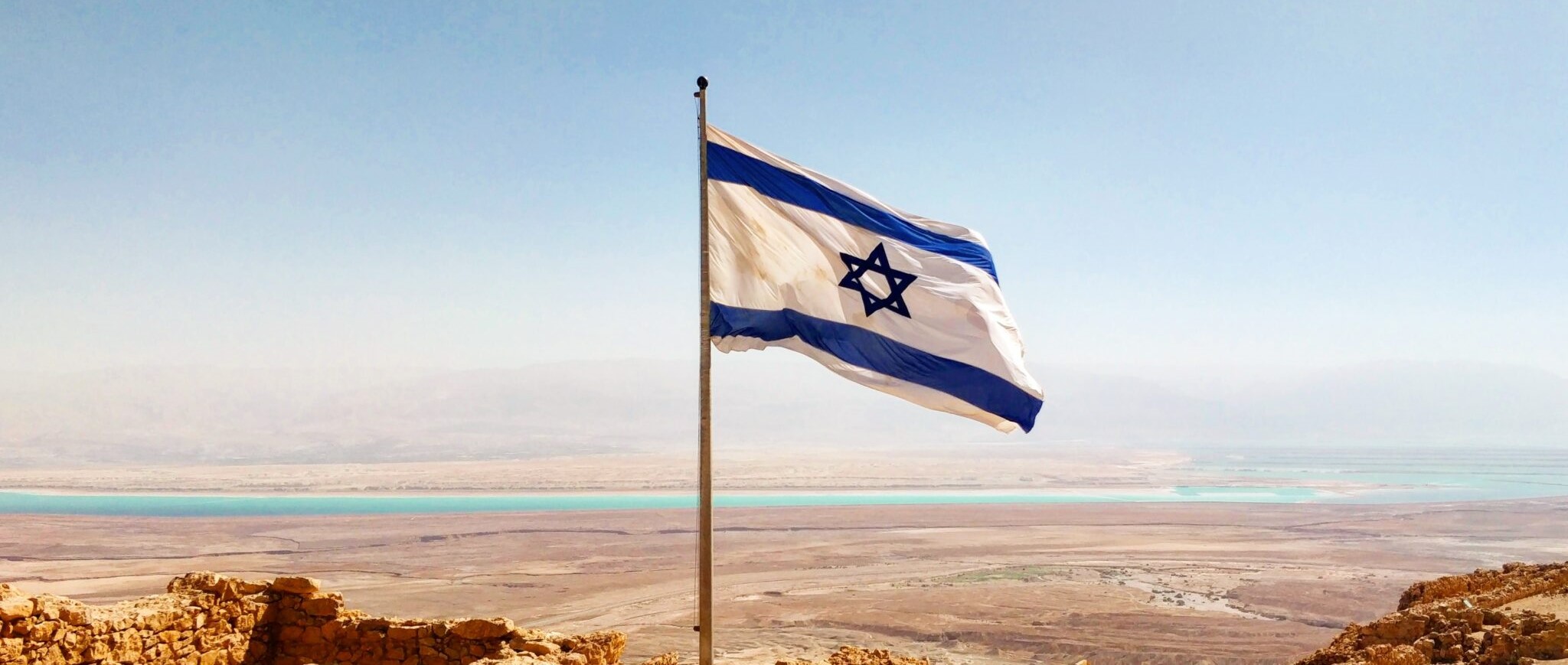Zionism (in Hebrew ציונות or Tziyonut, derived from Tziyon or Zion) is the Jewish nationalist movement – a political and ideological movement that initially advocated for the establishment of a sovereign Jewish homeland in the historic Land of Israel, and since the founding of the modern State of the Israel now promotes its continuation and protection.
While Judaism has always been directly tied to the Land of Israel and therefore inherently has Zionist undertones, the modern Zionist movement emerged in the late 19th century as a response to world antisemitism, reflecting a belief that establishing a sovereign Jewish state was of utmost importance for the safety of world Jewry.
Let’s learn more about the Zionist movement by exploring some of its key figures, from the 19th-century founders to those who ushered in Israeli statehood in 1948!
And don’t forget to shop our Support Israel Collection and Israeli Army Gifts to show how much you love the Jewish state and its history!
Decorative coasters depicting the Zionist figures Golda Meir, Moshe Dayan, Theodor Herzl, Menachem Begin, and David Ben-Gurion, available for purchase here




























